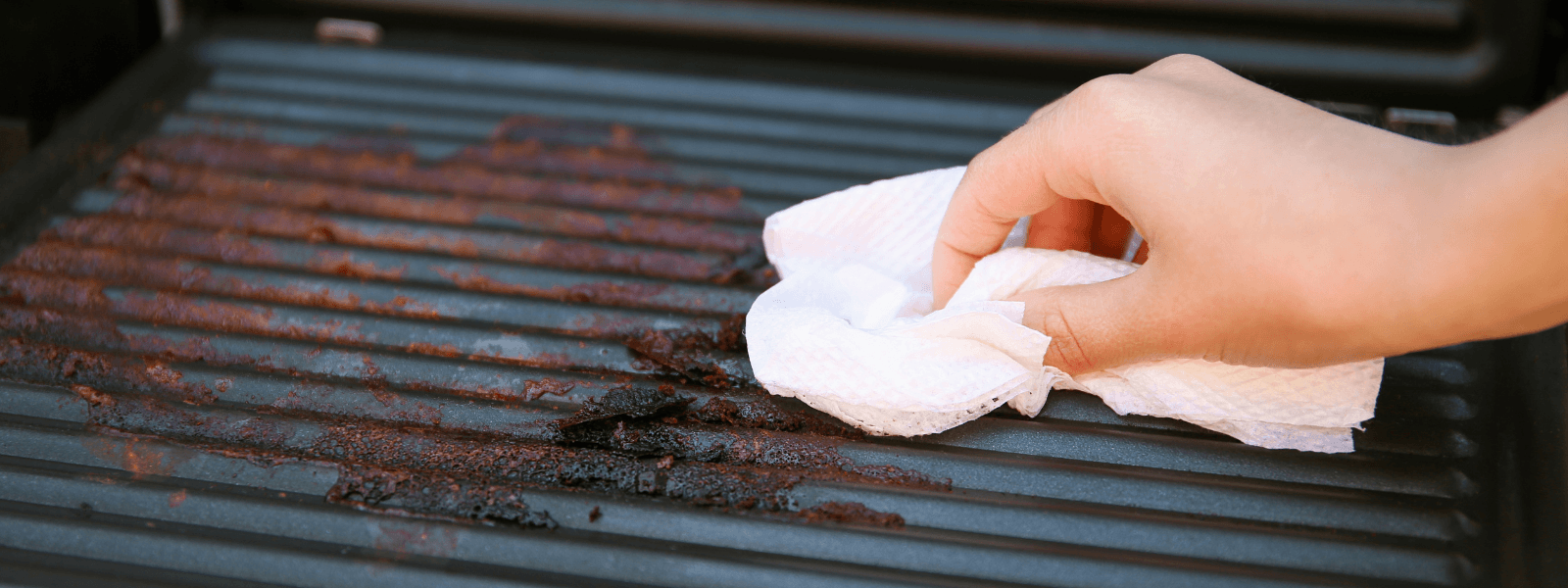MEK, also known as methyl ethyl ketone, is a controversial chemical that remains in the mainstream of various industries. The ketone industrial...
Blog


CHEMICAL INDUSTRY NEWS
Chemical Chat – Discover What’s New!
Can You Soft Wash With A Pressure Washer?
Can you soft wash with a pressure washer? Of course, you can. A pressure washer uses a pump that is run using a power source and a hose that...
Soft Wash Roof Cleaning
What is soft wash roof cleaning? This is the process by which a soft wash cleaning agent, typically a blend of sodium hypochlorite (bleach), water,...
Benefits Of Soft Washing Your Roof
What are the benefits of soft washing your roof? Soft washing your roof can be a simpler and less stressful method of...
Can You Soft Wash With A Pressure Washer?
Can you soft wash with a pressure washer? Of course, you can. A pressure washer uses a pump that is run using a power...
Company News

Managed Services
Discover the Latest in Safe and Sustainable Chemical Solutions
Stay informed with Ecolink’s blog! Subscribe now
Chemical Management Information
Stay updated with us
Sign Up for the Latest Updates
Stay informed about chemical supply chain disruptions and emerging innovations to keep your business at the forefront of efficiency and innovation. Uncover new ways to make your business practices more sustainable by incorporating safer products into your cleaning lineup.

























